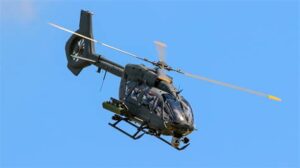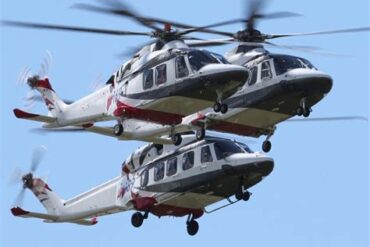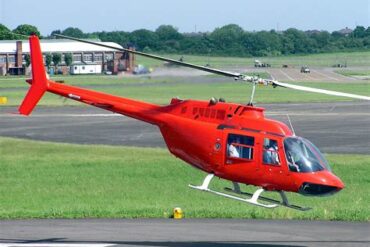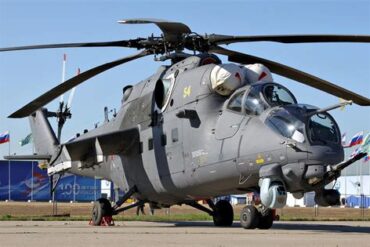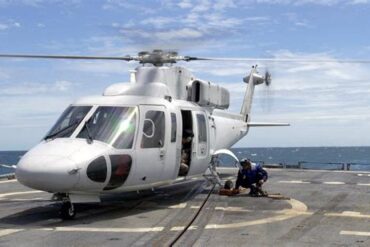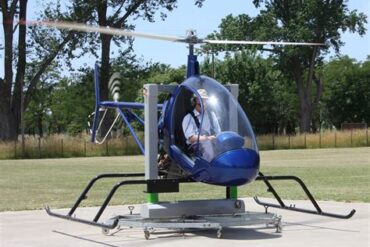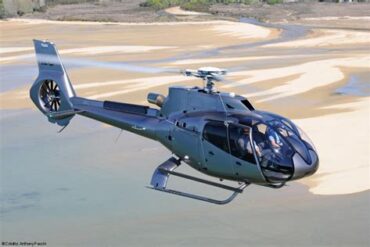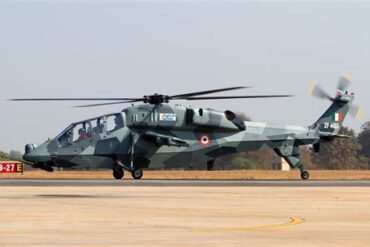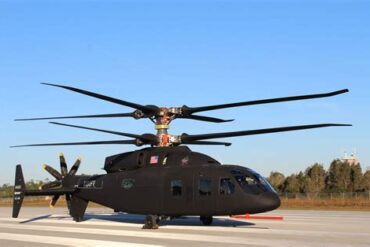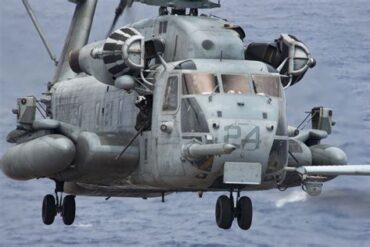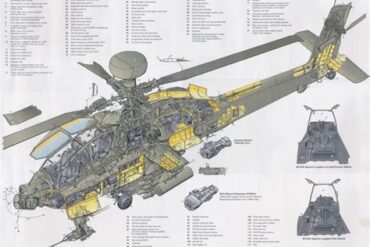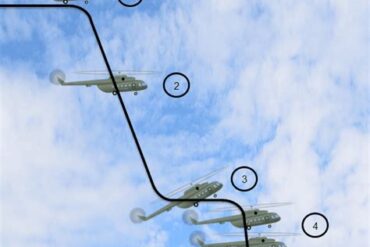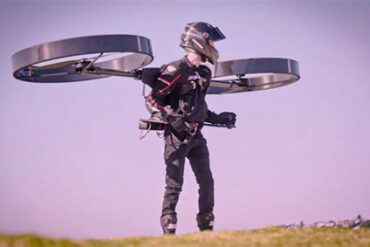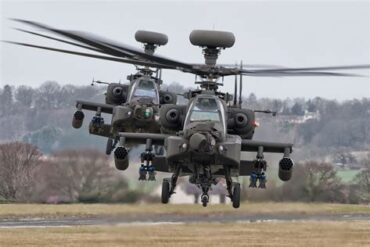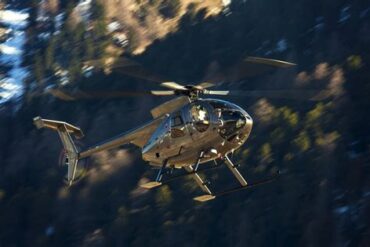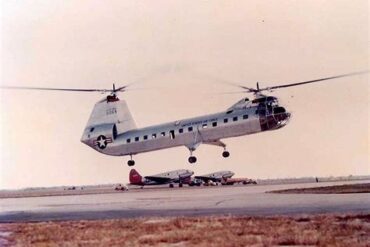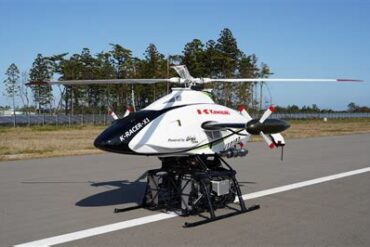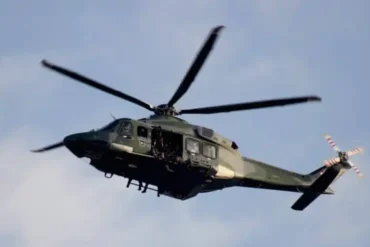Airbus Helicopters, a division of Airbus Group, stands as a global leader in the design, manufacturing, and support of rotary-wing aircraft. With an extensive range of helicopters tailored to various industries, including aerospace, defense, civil, and commercial applications, Airbus Helicopters has cemented its reputation through cutting-edge technology, innovation, and a commitment to safety and performance. This guide delves into the intricacies of Airbus Helicopters, offering a comprehensive overview of its history, key models, technological advancements, and impact on the global aviation industry.
The Evolution of Airbus Helicopters: A Brief History
Airbus Helicopters traces its roots back to the mid-20th century, with the establishment of Aérospatiale and Daimler-Benz Aerospace (DASA), two entities that would eventually merge into what we know today as Airbus Helicopters. The formal creation of Airbus Helicopters occurred in 1992 when Eurocopter was formed through the merger of the helicopter divisions of Aérospatiale and DASA. This merger combined decades of expertise and experience, laying the foundation for the modern Airbus Helicopters.
In 2014, Eurocopter was rebranded as Airbus Helicopters, aligning it with the Airbus Group’s broader aerospace strategy. Today, Airbus Helicopters operates with a global presence, delivering cutting-edge rotary-wing solutions to customers in over 150 countries. The company’s commitment to innovation, safety, and performance has driven its growth, making it a leader in the global helicopter market.
The Comprehensive Range of Airbus Helicopters
Airbus Helicopters offers a diverse portfolio of rotary-wing aircraft, each designed to meet the specific needs of various sectors. These helicopters are categorized into different classes based on their size, capacity, and mission capabilities. Below is an overview of the key models that define Airbus Helicopters’ lineup:
1. Light Helicopters: Versatility and Agility
The light helicopter segment of Airbus Helicopters is characterized by models that are highly versatile, agile, and suitable for a wide range of missions. These helicopters are often used in emergency medical services (EMS), law enforcement, corporate transport, and private aviation.
- H125 (formerly AS350 Écureuil): The H125 is renowned for its high performance and reliability, making it one of the most popular helicopters in its class. With its powerful single-engine, it is ideal for operations in high-altitude and hot conditions. The H125 is widely used in aerial work, law enforcement, and corporate transport.
- H130 (formerly EC130): The H130 is a single-engine light helicopter known for its spacious cabin and low noise levels. It is particularly favored in the tourism industry for its panoramic views and smooth flight experience. The H130 is also employed in EMS missions due to its ability to carry a full medical crew and equipment.
2. Medium Helicopters: The Workhorse of the Skies
Medium helicopters from Airbus are designed to carry out a broad range of missions, from oil and gas operations to search and rescue (SAR). These helicopters are known for their payload capacity, range, and versatility.
- H145: The H145 is a twin-engine helicopter that offers exceptional performance and versatility. It is widely used in EMS, law enforcement, and utility operations. The H145’s compact airframe allows it to operate in confined spaces, while its advanced avionics ensure safety and efficiency in all conditions.
- H155 (formerly EC155): The H155 is a long-range medium helicopter that combines luxury and performance. It is often used in VIP transport and corporate aviation due to its spacious cabin and advanced noise-reduction technology. The H155 is also employed in offshore transport and SAR missions, thanks to its long-range capabilities.
3. Heavy Helicopters: Power and Capability
Airbus Helicopters’ heavy models are designed for missions that require high payload capacity and extended range. These helicopters are commonly used in military operations, heavy lifting, and long-range transport.
- H225 (formerly EC225 Super Puma): The H225 is a long-range heavy-lift helicopter with a twin-engine configuration. It is designed for offshore transport, search and rescue, and VIP missions. The H225 is equipped with state-of-the-art avionics and a fully digital autopilot, ensuring safety and reliability in the most demanding environments.
- H215 (formerly AS332 Super Puma): The H215 is a versatile heavy-lift helicopter that offers outstanding performance and cost-effectiveness. It is often used in utility operations, firefighting, and humanitarian missions. The H215’s robust airframe and powerful engines make it ideal for challenging missions in extreme conditions.
Technological Advancements and Innovations
Airbus Helicopters has consistently pushed the boundaries of aeronautical technology, integrating cutting-edge advancements into its designs. These innovations enhance the safety, performance, and efficiency of their helicopters, making them some of the most advanced rotary-wing aircraft in the world.
1. Helionix Avionics Suite
The Helionix avionics suite is one of Airbus Helicopters’ most significant technological innovations. This integrated suite provides pilots with enhanced situational awareness, reducing workload and increasing safety. Helionix includes features such as 4-axis autopilot, synthetic vision system (SVS), and enhanced ground proximity warning system (EGPWS). These features ensure that Airbus Helicopters remain at the forefront of aeronautical safety and efficiency.
2. H160: A New Generation of Helicopter
The H160 represents a new generation of Airbus Helicopters, embodying the company’s commitment to innovation and sustainability. The H160 features a revolutionary design, including Blue Edge rotor blades, which reduce noise and improve efficiency. The helicopter’s composite airframe and advanced aerodynamics contribute to fuel efficiency and reduced operational costs. The H160 is designed for a variety of missions, from offshore transport to private aviation, and is equipped with the latest Helionix avionics.
3. Safety and Sustainability Initiatives
Airbus Helicopters places a strong emphasis on safety and sustainability in its operations. The company has implemented several initiatives to reduce its environmental impact, including the development of hybrid-electric propulsion systems and the use of biofuels. Additionally, Airbus Helicopters is committed to the continuous improvement of safety standards, with ongoing research into advanced crashworthiness, emergency systems, and pilot training programs.
Global Impact and Market Leadership
Airbus Helicopters has a significant global impact, with a market share of approximately 54% in the civil and parapublic helicopter market. The company’s helicopters are in service with military, government, and commercial operators worldwide. Airbus Helicopters’ customer support network is also one of the largest in the industry, with more than 100 service centers in over 40 countries.
The company’s commitment to innovation, safety, and customer satisfaction has earned it a reputation as a trusted partner in the global aviation industry. Airbus Helicopters continues to expand its global footprint, with a strong focus on emerging markets and new technologies that will shape the future of rotary-wing aviation.
Conclusion
Airbus Helicopters stands as a pioneering force in the aviation industry, with a rich history, diverse range of aircraft, and a commitment to technological innovation. From light and medium helicopters to heavy-lift giants, Airbus Helicopters offers solutions that meet the needs of varied industries. The company’s dedication to safety, performance, and sustainability ensures that it will continue to lead the global helicopter market for years to come.
